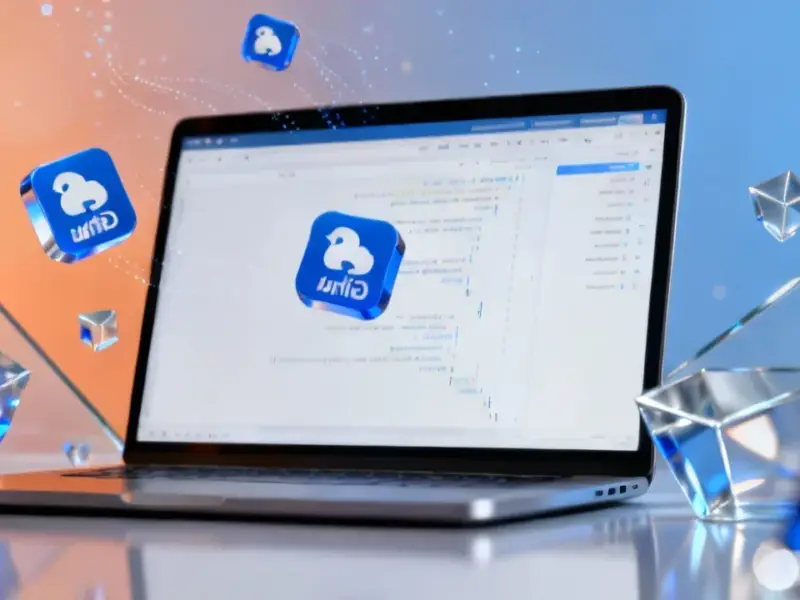According to Business Insider, 19-year-old Aidan Guo and 23-year-old Julian Windeck have raised $1.25 million in pre-seed funding for their AI startup Attention Engineering, which aims to build a next-generation desktop assistant that becomes “ambient, proactive, and personally understands you.” The funding came from notable backers including Google DeepMind’s Lukas Haas, Sequoia Capital scouts, and venture firms Village Global and Liquid 2 Ventures. The founders, who met through mutual connections in the AI community, emphasized the importance of showing “slope” (demonstrable progress), personalized outreach, immediate momentum, Bay Area presence, and professional conduct from day one. Their unconventional paths—Guo taking a second gap year from college and Windeck leaving MIT research—highlight a shifting landscape for young founders.
The Slope Paradox: Progress Over Perfection
What Guo calls “showing slope” represents a fundamental shift in early-stage investor psychology. In today’s AI landscape, where technological capabilities evolve weekly, investors aren’t betting on polished products but on learning velocity. The most valuable signal isn’t a perfect demo but evidence that founders can iterate rapidly through failed hypotheses. This approach acknowledges that in frontier AI applications, the initial product vision will almost certainly be wrong—success comes from how quickly teams can discover what actually works. For technical founders, this means prioritizing rapid prototyping over architectural elegance and being willing to publicly pivot when data contradicts assumptions.
Bay Area Network Effects in the AI Era
The founders’ insistence on being in the Bay Area reveals something deeper than just geographical preference—it’s about access to real-time intelligence flows. In fast-moving fields like AI, being physically present where breakthroughs happen provides asymmetric information advantages. When new papers drop from OpenAI or Google DeepMind, the immediate conversations happening in San Francisco coffee shops contain insights that won’t reach distributed teams for weeks. This creates a compounding advantage where local founders can adjust their technical roadmap based on emerging patterns before they become widely known. The “Cerebral Valley” phenomenon represents a concentration of talent and information that’s particularly valuable for applications requiring cutting-edge research.
Technical Challenges of Ambient AI
Building what Guo describes as a “cursor for everything” involves solving significant technical hurdles that the funding announcement only hints at. True ambient AI requires continuous context awareness across applications, which means developing sophisticated activity monitoring while maintaining user privacy. The system needs to understand workflow patterns without becoming intrusive or creating performance bottlenecks. From an architectural perspective, this likely involves local model inference to handle sensitive data combined with cloud-based analysis for pattern recognition. The privacy-preserving machine learning techniques required represent non-trivial engineering challenges that many ambitious AI startups underestimate in their initial technical planning.
The Generational Shift in Fundraising
These founders represent a new archetype: technical prodigies who understand that fundraising is itself a technical problem to be optimized. Their approach to “personalized cold outreach” isn’t just about being polite—it’s about engineering response probability through data-driven personalization. The reference to the 18-year-old who landed a Snapchat job with three bullet points reveals a generation that treats professional communication as an optimization problem rather than a formal process. This mindset extends to their view of momentum—they understand that fundraising success creates its own gravity, making subsequent rounds easier through social proof and network effects.
The Long-Term Sustainability Question
While their initial funding success is impressive, the real test for Attention Engineering will come in translating early momentum into sustainable product-market fit. Desktop automation has been attempted many times before, with most solutions struggling with the “last mile” problem of understanding user intent across diverse workflows. The technical complexity of creating a truly personalized AI assistant that works seamlessly across different applications, operating systems, and user contexts cannot be overstated. Their success will depend not just on their AI capabilities but on their ability to build robust software infrastructure that can handle the edge cases and exceptions that plague automation tools.
Broader Implications for AI Startup Culture
The emergence of founders like Guo and Windeck signals a maturation of the AI startup ecosystem where youth is no longer a liability but potentially an advantage. Their comfort with rapid iteration and willingness to challenge conventional career paths reflects how AI development rewards fresh perspectives unburdened by legacy thinking. However, this also raises questions about whether the current funding environment adequately values experience in building sustainable companies versus pure technical potential. As more young founders enter the space, we may see increased emphasis on pairing technical vision with operational expertise through advisory networks and experienced co-founders.




